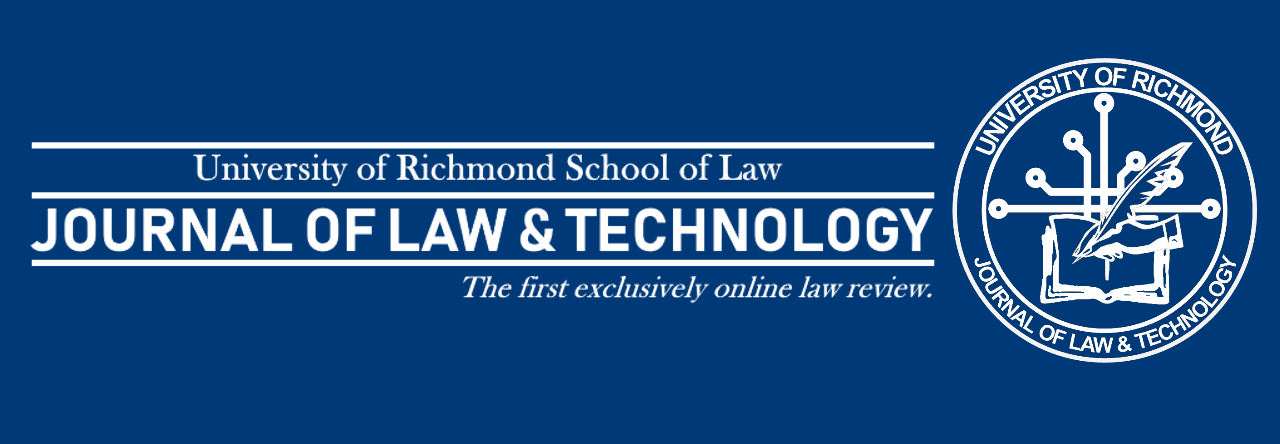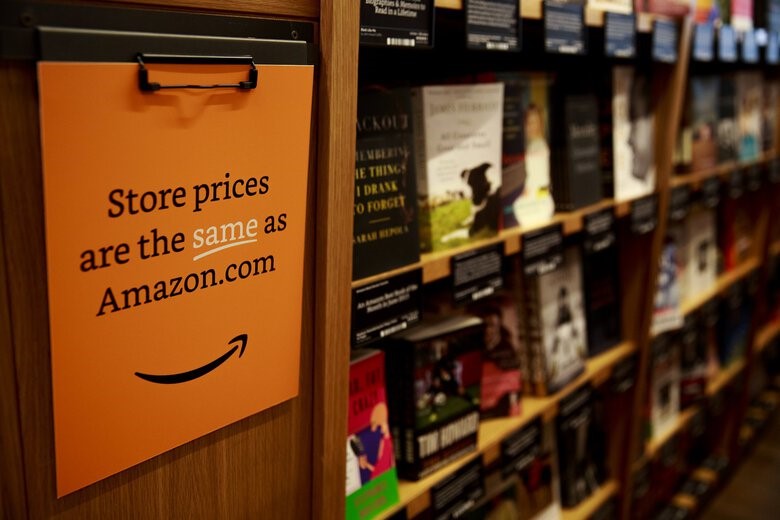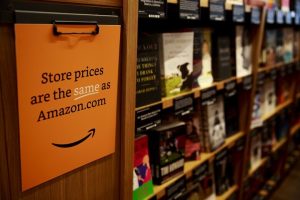By Charlie McCarthy
The advance of machine learning Artificial Intelligence (“AI”) technology into legal writing is becoming more of a reality. Spell check and other grammar software have been used in legal writing for many years and have not impacted the composition process of legal writing and analysis.[1] Currently, the legal community regularly uses machine learning AI technology in E-Discovery, expertise automation (e.g., software for individuals to draft their own wills), legal research, document management, contract and litigation analytics, contract generation, and predictive analytics.[2]
However, other legal technologies have emerged that are implementing AI machine learning technology to structure better legal arguments for their clients, find holes in opposing counsel’s briefs, and compose significant portions of briefs.[3] This next step of AI machine learning is significant because it represents the capability for AI machine learning to fully perform the analytical role of the lawyer.[4] Services such as BriefCatch, Compose, and Clearbrief are all companies on the forefront of this next implementation of AI machine learning technology into legal writing.[5] BriefCatch markets themselves as an AI-driven product that “offers insights into your writing and lets you compare your style with that of renowned lawyers and judges.”[6]
Compose provides “all the arguments, legal standards and prepackaged research you need to get things done, faster than ever.” It features a library consisting of pre-formatted motions and adds arguments based on your jurisdiction. Only at the end of Compose’s process, does the software allow the writer to “make it your own … by adding your insights, expertise and style.” Clearbrief is another emerging AI-powered legal writing software that “uses natural language processing to assess how legal writing is backed up by supporting evidence.”[7] Additionally, this software allows lawyers to assess the strength of opposing counsel’s briefs and provides a service known as “judge view” which allows a judge to “view a submitted brief in the cloud with easy access to the cases and documents referenced in the filing.”[8]
The logic-driven foundation of legal thinking allows for AI machine learning to easily integrate into legal arguments.[9] AI machine learning legal technologies will allow lawyers to rapidly create first drafts which will free up time for lawyers to refine their arguments and better advocate on their client’s behalf.[10] However, AI legal technologies pose risks to ethics and legal writing professional development.[11] Michael Zuckerman, a legal writing professor at Northwestern University Pritzker School of Law cautions against legal technology “mimicking a lawyer’s hand and mind… [that] may well prevent a student from growing into their full potential as a lawyer, replete with a possible lack of foundational professional judgment as a writer.”[12] Furthermore, AI machine learning technology poses significant risks for data bias.[13] Currently, human biases have been found to make their way into AI technologies that are then implemented with sweeping discriminatory impacts.[14] If all legal writing is formed with biased AI technology, then all legal arguments will be biased.
The use of AI machine learning technology in legal writing is inevitable. Clients across the board will soon demand that lawyers are using the best AI machine learning legal technologies for a competitive edge. The successful implementation of this new reality requires thoughtful regulation of legal data and a strict adherence to legal ethics to ensure lawyers are both zealous advocates and responsible professionals.
[1] Michael Zuckerman, Law professor makes a case against automating legal writing in law school, ABA Journal (July 21, 2021), https://www.abajournal.com/voice/article/a-law-professor-makes-a-case-against-automating-legal-writing.
[2] Anthony E. Davis, The Future of Law Firms (and Lawyers) in the Age of Artificial Intelligence, American Bar Association (Oct. 2, 2020), https://www.americanbar.org/groups/professional_responsibility/publications/professional_lawyer/27/1/the-future-law-firms-and-lawyers-the-age-artificial-intelligence/.
[3] Zuckerman, supra note 1.
[4] Id.
[5] See Zuckerman, supra note 1; Taylor Soper, This legal writing startup is using AI to spot misrepresentations in litigation docs, Geek Wire (Aug. 26, 2021), https://www.geekwire.com/2021/legal-writing-startup-using-ai-spot-misrepresentations-litigation-docs/.
[6] BriefCatch, https://briefcatch.com/version-2/ (last visited Sep. 9, 2021).
[7] Soper, supra note 5.
[8] Lyle Moran, New AI-powered legal writing tool aims to help lawyers craft winning briefs, ABA Journal (May 19, 2021), https://www.abajournal.com/legalrebels/article/rebels_podcast_episode_064.
[9] Rob Carty, Computer-Written Legal Briefs Are Closer Than You Think, ARTIFICIAL LAWYER (Apr. 11,2019), https://www.artificiallawyer.com/2019/04/11/computer-written-legal-briefs-are-closer-than-you-think/.
[10] Id.
[11] Zuckerman, supra note 1.
[12] Id.
[13] Heather J. Meeker et al., Data Collection & Management, Professional Perspective – Avoiding Human Bias in Artificial Intelligence, Bloomberg Law (Nov. 2020), https://www.bloomberglaw.com/product/privacy/document/X17RNFNC000000.
[14] Id.

Image source: https://www.forbes.com/sites/timbajarin/2020/11/06/an-ai-robot-wrote-my-term-paper/?sh=389e86a13cc8









